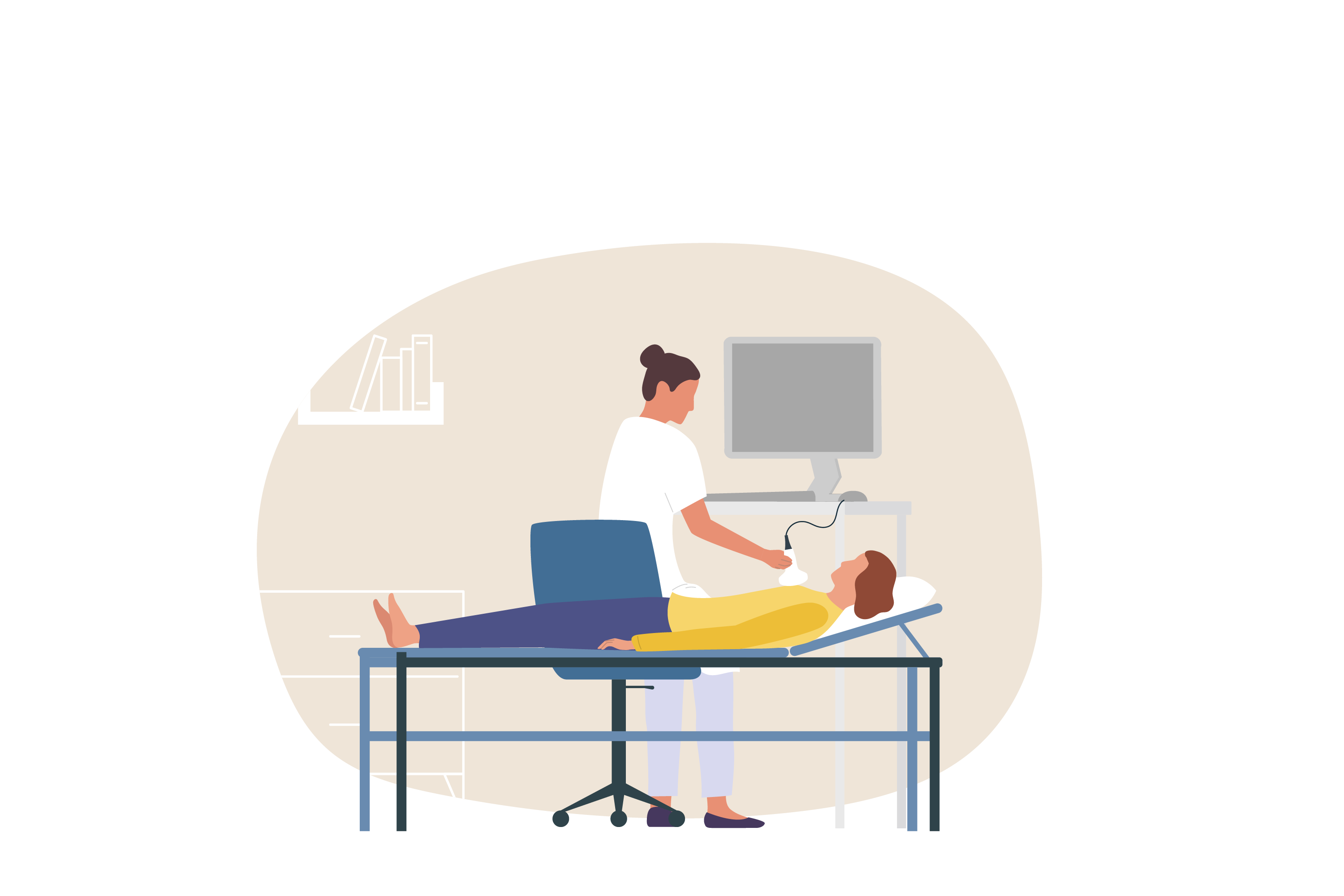
Breast Cancer Screening
Breast Cancer Screening
2D-Mammography is adopted as the main screening test in the Programme. Breast ultrasound may be conducted if clinically indicated.
Mammography
- Mammography is a common screening tool for breast cancer and it is an X-ray examination of the breasts. Studies have shown that mammography is effective in detecting early-stage breast tumours that cannot be easily seen or felt
- During the procedure, women will expose her upper body. By gently compressing the breasts with the X-ray machine’s flat plastic paddle, X-ray images of the breasts can be taken at different angles
- Women may feel discomfort or even pain during breast compression, but that part of the mammography usually lasts only a few seconds, and is essential to improve image quality and diagnostic accuracy
- 2D-Mammography is adopted in the Programme

Breast ultrasound
- The participant may be advised by the doctor to receive additional breast ultrasound if clinically indicated.
- Breast ultrasound is a test that visualises the internal environment of the breast by transmitting high frequency sound waves to the breast tissue and converting the reflected echo into image.

Points to note
- All screening tests have their limitations and they are not 100% accurate. They bear potential risks, e.g. false-positives, false-negatives, over-diagnosis and unnecessary treatment.
- All women who consider breast cancer screening should discuss with doctors on the potential benefits and harms before undergoing screening to make an informed decision.




